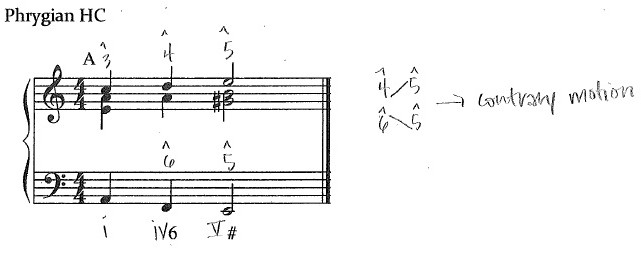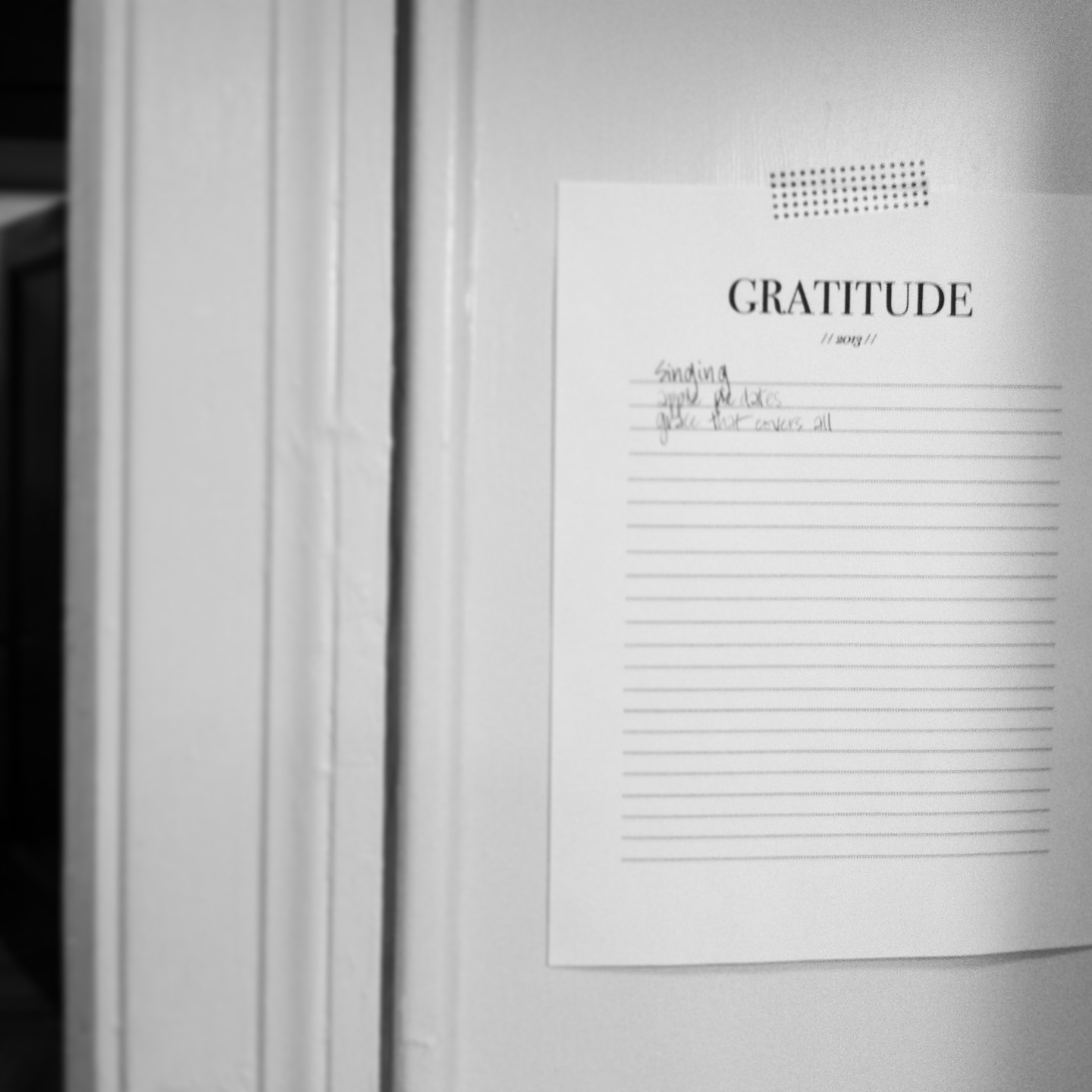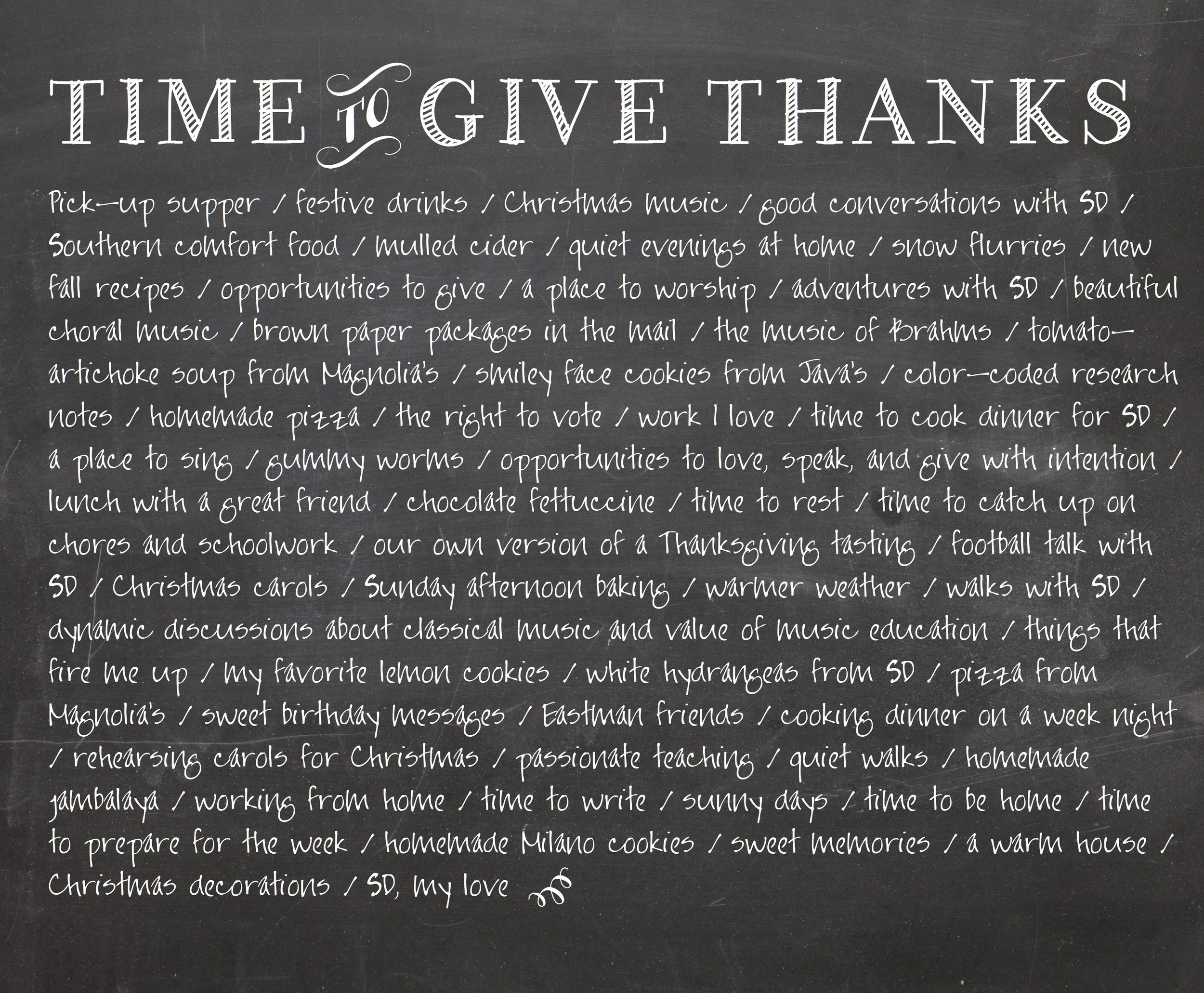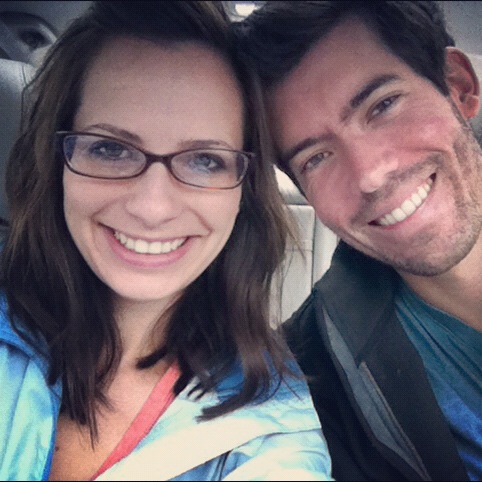 A glimpse at some of my notes from class
A glimpse at some of my notes from class
I am four weeks into the spring semester and four weeks into my "Keyboard Skills" class that I mentioned in my previous post. Let me just say that this may be my favorite class ever. I am learning so many practical skills for performing, improvising, teaching, playing church music, etc. and I'm learning so much about myself as a musician in the process. Let me give you a little sneak peek into my practice time these past few weeks:
1. Paradigms Paradigms are a fancy theoretical word for short chord progressions, essentially expanding the tonic key. Each paradigm has 3-4 chords, functioning as a building block in music (we've been practicing them in all twelve keys, major and minor). Each week of practice assignments builds on the week(s) prior so as we progress, we're expanding our tonal vocabulary more and more.
Week 1: seven paradigms Week 2: seven paradigms Week 3: thirteen paradigms Week 4: three paradigms
This week, we're also working on diatonic scale harmonizations--or, in English--adding chords to an ascending and descending scale line (think vocal warm-ups). With a total of thirty paradigms, harmonizing a scale line (or really any melody) is just a matter of linking these progressions together in different ways.
2. Score Reading In addition to reading treble and bass clef, we're learning (or re-learning) how to read alto clef. To practice this, we've been working on mostly two-part repertoire (alto clef in one hand, bass or treble clef in the other). A few practice techniques:
1. Hands separately 2. Hands together 3. Hands alternating by measure 4. Hands together, stopping/starting
Practicing with hands alternating every measure trains your eye to move quickly between staves and trains your mind to translate the various clefs quickly and efficiently. Starting and stopping (while you keep time in your head) gives you an opportunity to audiate what's on the page (hear something in your head without the sound being present) and again trains your mind to quickly recognize various clefs.
3. Transposition We've had three transposition assignments now--two hymns (4-voice texture) and the accompaniment to a Schubert Lied. There are a few strategies here, as well:
1. Analyze the harmonic progression--think about function 2. For homophonic music, think about the intervals within the hand (practice hands separately in the new key) 3. Identify cadences (and tonicized keys, where necessary) 4. Use clef transpositions whenever possible 5. Practice hands together in the new key, staccato
Clef transpositions means looking at the stave as if it's in another clef. For instance, if a piece is in A Major, and you need to transpose it to C Major, think of the treble staff as being in bass clef (the second space is A in the treble staff and C in the bass staff). Use alto clef to help you, too!
4. Coordination We keyboardists tend to think of ourselves as fairly coordinated but let me tell you, reading a bass line with your left hand and conducting a 4-beat pattern with your right hand is complicated! Here are a few ways to practice coordination (beyond what we normally do):
1. Sing + Play - For 2-part music, sing one line, play the other, then switch - For 4-part music (hymns are great), sing one voice and play the remaining three 2. Play + Conduct (play with one hand, conduct with the other) 3. Practice standing up
5. Sequences This is a prequel to reading figured bass but the practice of filling in chords aurally while reading only the melody and bass line is a valuable ear exercise. Sequences are pattern-based so it also reinforces good voice-leading and keyboard-style playing (three voices in your right hand, one in your left hand).
Whew! A lengthy post (props to you if you're still reading!) but hopefully it's helpful to some of you as you continue your own journey of building musicianship. Next up in this series--harmonization!
Previously: Building Musicianship - Part I







 The phrase, "Love, speak, give with intention" appears on my lock screen as a constant reminder to be more intentional about life. It reminds me to do small deeds with great love, choose words carefully and intentionally, and give with joy. This month, I've been
The phrase, "Love, speak, give with intention" appears on my lock screen as a constant reminder to be more intentional about life. It reminds me to do small deeds with great love, choose words carefully and intentionally, and give with joy. This month, I've been  Oh my goodness, what happened to September?! Suddenly, it's cold enough to need scarves and sweaters (and salted caramel mochas) and it's dark by the time we sit down to dinner in the evenings. Yes, the weeks are flying by but every day is so fulfilling. I absolutely love the work I am doing! Life is full, life is busy, and life is very rewarding.
Oh my goodness, what happened to September?! Suddenly, it's cold enough to need scarves and sweaters (and salted caramel mochas) and it's dark by the time we sit down to dinner in the evenings. Yes, the weeks are flying by but every day is so fulfilling. I absolutely love the work I am doing! Life is full, life is busy, and life is very rewarding.




